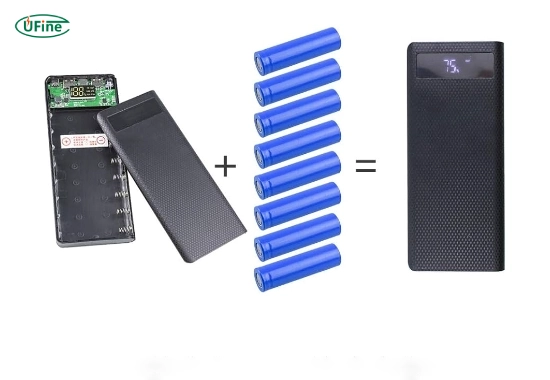Battery Capacity & Life Calculator
Battery Life Calculator: I have a battery and I want to run an (app) application against it. How long will it run? This calculator will tell you how long your battery will run.
- Load (ampere or watt): Specify the load value, and select the load unit. For example, 100 Watt. Or 10 A. Use an average value if it is a cyclical load.
- Voltage (Vdc): Specify the battery voltage in volts DC, if the load type is watt.
- 2222
- 3333
Note: The capacity calculated by this tool is only an approximate value. If you need an accurate assessment, please contact our professional engineers.
Note: The capacity calculated by this tool is only an approximate value. If you need an accurate assessment, please contact our professional engineers.

Enquiry and Design
Contact us with requirements. The technical team creates tailored designs.
Sampling and Sample Testing
Receive customized battery samples for evaluation within two days.
Confirmation and Production
Finalize specifications, sign the production contract, and pay a 30% deposit.
Delivery and Shipping
Make final payment, and arrange safe and efficient delivery.
Part 1
Visit your nearest Interstate All Battery Center for a long-lasting trolling motor battery out of a wide-ranging selection of marine batteries.
FIND A LOCATIONPart 2
AA Battery
-
Electrolyte
Uses a polymer gel electrolyte instead of a liquid electrolyte.
-
Energy Density
High energy density, allowing for compact and lightweight designs.
-
Power Density
High power output, suitable for devices with high current demands.
-
Cycle Life
Good cycle life, but can degrade faster than LiFePO4 batteries.
AAA Battery
-
Chemistry
Uses Lithium Iron Phosphate as the cathode material.
-
Weight
Generally heavier than LiPo batteries.
-
Power Density
Lower energy density compared to LiPo batteries.
-
Cycle Life
Excellent cycle life, can withstand many charge-discharge cycles with minimal capacity loss.
Part 3
Enquiry and Design
Contact us with requirements. The technical team creates tailored designs.
Sampling and Sample Testing
Receive customized battery samples for evaluation within two days.
Confirmation and Production
Finalize specifications, sign the production contract, and pay a 30% deposit.
Delivery and Shipping
Make final payment, and arrange safe and efficient delivery.
Part 4
What is battery voltage, and why does it matter?
Battery voltage measures the electrical potential difference between its terminals. It determines compatibility with devices—too high can damage them, while too low may cause poor performance or failure.
Can I use a higher-voltage battery in device if it fits?
No! Higher voltage can overload circuits. Always match the device's specified voltage (e.g., using 12V in a 9V device risks damage).
What’s the difference between nominal and actual voltage?
- Nominal voltage is the standard rating (e.g., 3.7V for lithium-ion).
- Nominal voltage is the standard rating (e.g., 3.7V for lithium-ion).
- Load (ampere or watt): Specify the load value, and select the load unit. For example, 100 Watt. Or 10 A. Use an average value if it is a cyclical load.
- Voltage (Vdc): Specify the battery voltage in volts DC, if the load type is watt.

